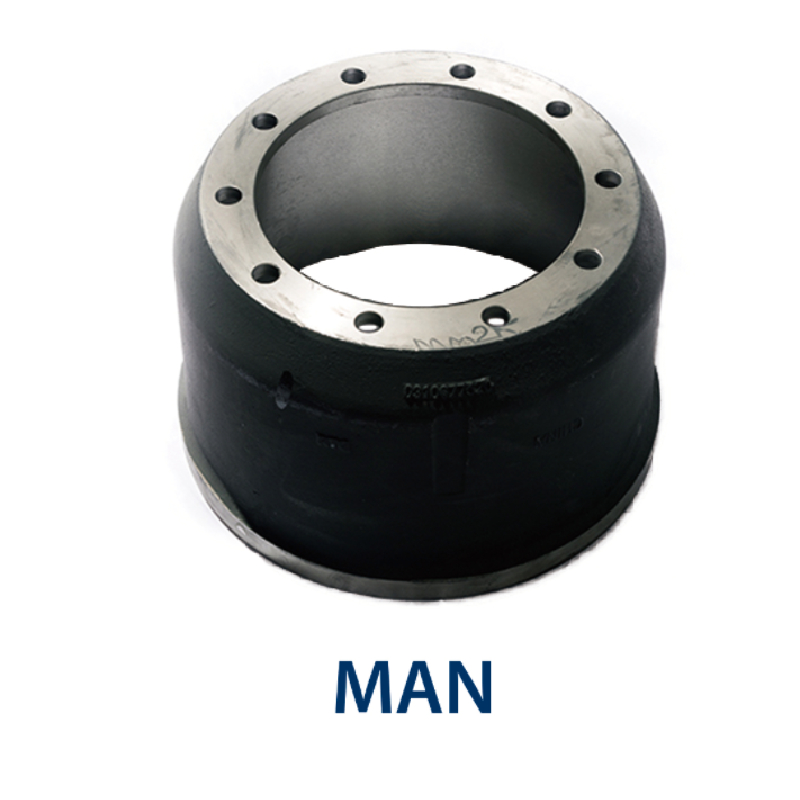Sep . 30, 2024 04:53 Back to list
Comparing Brake Drums and Discs for Automotive Performance and Safety
Brake Drum vs. Disc Understanding the Differences and Applications
When it comes to automotive braking systems, two primary types of setups dominate the industry drum brakes and disc brakes. Each has its unique characteristics, advantages, and disadvantages, making them suitable for different driving needs and conditions. Understanding these differences is crucial for anyone interested in automotive engineering or looking to improve vehicle performance.
Structure and Functionality
Drum brakes consist of a hollow cylinder (the drum) that houses the brake shoes. When the driver applies the brakes, hydraulic pressure forces the shoes outward to press against the inner surface of the drum, creating friction that slows down the wheel. This design is traditional and was widely used in older cars and lighter vehicles due to its simplicity and effectiveness.
On the other hand, disc brakes utilize a flat disc (the rotor) attached to the wheel. When braking occurs, calipers squeeze brake pads against the rotor, generating friction that slows the vehicle’s speed. This design is more commonly found in modern vehicles due to its superior heat dissipation capabilities and overall performance.
Performance Comparison
One of the most significant advantages of disc brakes over drum brakes is their ability to manage heat. During braking, both systems generate heat, but disc brakes dissipate this heat more efficiently due to their exposed design. This efficiency allows them to resist brake fade—where the braking power diminishes with increased heat—making disc brakes ideal for high-performance situations, such as racing or heavy-duty vehicle applications.
Conversely, drum brakes tend to retain heat, which can lead to performance issues, especially under heavy braking. While they can perform adequately in lighter vehicles or less demanding scenarios, they are generally outperformed by disc brakes in rigorous driving conditions.
Brake Drum vs
. Disc Understanding the Differences and ApplicationsIn terms of maintenance, disc brakes are generally easier to inspect and replace. The components are more accessible, allowing for quicker work, which can reduce labor costs for vehicle owners. In contrast, drum brakes can be more cumbersome to service. The enclosed nature of drum brakes makes it harder to visually inspect them for wear and damage.
brake drum vs disc

Durability also plays a role in the comparison. While both systems can offer long-lasting performance, disc brakes tend to wear out evenly and predictably, while the wear patterns in drum brakes can be more erratic. This uneven wear can lead to a decline in braking performance over time.
Weight and Cost Implications
Drum brakes are typically lighter than disc brakes, which can be a crucial factor for manufacturers aiming to produce lightweight vehicles. However, the trend in the automotive industry is moving towards disc brakes, even in smaller vehicles, due to their performance benefits.
Cost-wise, drum brakes are usually cheaper to produce. This affordability makes them a popular choice for budget-conscious manufacturers and consumers. However, while the initial cost may be lower, the long-term maintenance and performance benefits of disc brakes may justify the higher upfront investment for many drivers.
Applications and Future Trends
Drum brakes are still widely used in specific applications, particularly in rear wheels for small cars, light trucks, and commercial vehicles. However, disc brakes are becoming increasingly predominant across all vehicle types. Many manufacturers are opting for disc brakes on all four wheels for enhanced safety and performance.
Looking to the future, advancements in brake technology, including the development of composite materials and electronic braking systems, may further enhance the performance and efficiency of disc brakes. As vehicles become more performance-oriented and safety-conscious, the trend is likely to continue moving towards disc brake systems.
Conclusion
In summary, the choice between brake drums and disc brakes depends on various factors, including vehicle design, intended use, and performance requirements. While drum brakes remain a viable option for some applications, disc brakes are increasingly becoming the standard in the automotive world due to their superior performance, maintenance ease, and long-term reliability. As technology continues to evolve, we can expect further enhancements that will shape the future of braking systems.
-
Scania Brake Drums: OEM Quality for Optimal Safety & Durability
NewsAug.16,2025
-
R.V.I: Advanced Remote Visual Inspection for Precision
NewsAug.15,2025
-
Discover HYUNDA: Innovative Vehicles, Equipment & Solutions
NewsAug.14,2025
-
R.V.I: Unlock Advanced Insights & Real-time Performance
NewsAug.13,2025
-
Kamaz Brake Drum: Durable & Reliable for Heavy Duty Trucks
NewsAug.12,2025
-
Heavy Duty Iveco Brake Drum - Premium Quality & Safety
NewsAug.11,2025
